A sensory chew is a tailor-made device for individuals who benefit from chewing as a form of sensory input, such as those with sensory processing disorders or autism. Available in a plethora of shapes, sizes, and textures, sensory chews are crafted from safe, non-toxic materials to ensure a robust and gratifying chew. These devices are not only practical but also offer a subtle means of fulfilling sensory requirements across diverse environments.
Types and Characteristics of Sensory Chews
Alibaba.com boasts an extensive selection of sensory chews, designed to satisfy a broad spectrum of tastes and requirements. Options range from chewelry that doubles as fashionable necklaces or bracelets to chewable pencils that aid in writing tasks, each fashioned with particular features. For example, chew bracelets may be crafted with a smooth finish and pliability for effortless handling, whereas chewable sensory toys could offer bumps and grooves for diverse sensory feedback. Chewies for autism are typically more sturdy to endure rigorous chewing, reflecting the varied necessities of the autism spectrum.
Structure and Operation of Sensory Chews
The construction of sensory chew toys is meticulously engineered to optimize endurance and sensory stimulation. A chew buddy might incorporate handles for convenient grasping, while chewelry for adults may be equipped with a safety clasp that detaches easily. These chews are intuitively designed to be oral-friendly and to resist the constant action of chewing, offering instant sensory response to the user.
Materials and Properties of Sensory Chews
Substances such as 100% silicone, food-grade silicone, and BPA-free silicone are prevalently employed in the creation of sensory chews for their non-toxic, resilient, and malleable characteristics. These materials are selected for their endurance against incessant chewing and for their ease of sanitation, assuring the user's safety and cleanliness. Moreover, the environmentally friendly nature of these substances corresponds with the growing consumer demand for sustainable goods.
Business Applications and Value of Sensory Chews
In professional contexts such as healthcare institutions, educational establishments, and therapeutic centers, sensory chews are indispensable. They aid individuals with sensory processing challenges, fostering a tranquil atmosphere and enhancing concentration on tasks. This contributes to heightened productivity and well-being, offering substantial benefits for organizations that accommodate individuals with unique sensory needs.
Functions and Tasks of Sensory Chews
Sensory chews are specifically devised to deliver oral sensory input. This input is essential for those who need additional sensory feedback to self-soothe. The chews also act as a preventative tool, discouraging users from biting on unsuitable items, thereby promoting dental health and personal safety.
Features and Unique Selling Points of Sensory Chews
The distinctive attributes of sensory chews include their array of textures, forms, and hues, which are not only visually attractive but also cater to a vast range of sensory predilections. Unique selling propositions such as the dual-purpose chewable sensory toys that also function as educational implements or chewelry that can be personalized to one's style distinguish these products in the marketplace.
Benefits and Positive Outcomes of Sensory Chews
The advantages of employing sensory chews encompass enhanced concentration, diminished anxiety, and a secure alternative for chewing. These positive effects are especially significant for individuals with autism, ADHD, or sensory processing disorders, for whom sensory input is a vital component of their daily regimen.
How to Use, Choose, Clean, Maintain, and Install Sensory Chews
Effective utilization of sensory chews entails integrating them into the user's daily routine in a consistent and accessible way. Selecting the appropriate chew involves evaluating the individual's sensory preferences and chewing tendencies. Cleaning is generally straightforward, involving soap and water, while maintenance requires periodic checks for wear. Installation, particularly for chewelry, may include adjusting necklace lengths or fastening clips to garments.
Target Audience and Meeting Needs with Sensory Chews
The demographic for sensory chews is varied, encompassing everyone from toddlers to adults. Products like chew toys for preschoolers are engineered to be safe and appropriately sized for young children, whereas adult variants are designed to be inconspicuous and stylish. Recognizing the distinct needs and preferences of these diverse groups ensures that the chews fulfill the specific demands of each user.
What are the considerations for age appropriateness when selecting sensory chews?
In choosing sensory chews, it's crucial to take into account the user's age bracket. Products are typically tailored for age categories ranging from 0 to 24 months, 2 to 4 years, 5 to 7 years, and 8 to 13 years. Each demographic has distinct requirements regarding the chew's size, texture, and sturdiness. For instance, younger children might need gentler textures and more straightforward designs, while older individuals may derive benefit from tougher and more intricate shapes that offer enhanced sensory feedback.
How can sensory chews be integrated into daily routines for individuals with sensory needs?
Seamless integration of sensory chews into daily routines can be achieved by incorporating them into situations where sensory input is most needed, such as travel, school, or during stressful events. They can be accessorized as chewelry, attached to clothing as a chew buddy, or utilized as chewable pencils for schoolwork or study. The key is ensuring they are readily available when the urge to chew arises.
What are the best practices for ensuring the longevity and effectiveness of sensory chews?
To guarantee the durability and efficacy of sensory chews, it is imperative to choose quality chews that match the user's chewing intensity and to adhere to the manufacturer's care instructions. Routine cleansing, damage inspection, and timely replacement are best practices that preserve the chews' safety and functionality. Additionally, rotating between different chews can prevent excessive wear on any single item and offer varied sensory experiences.




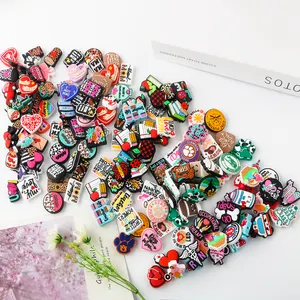



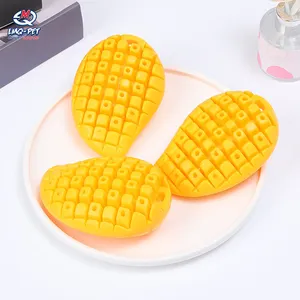



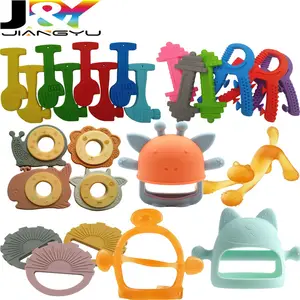

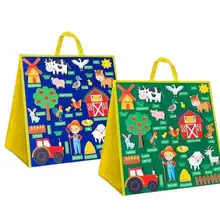
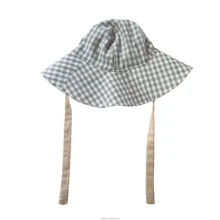





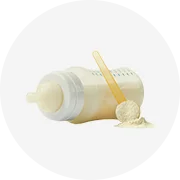

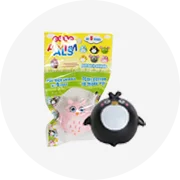

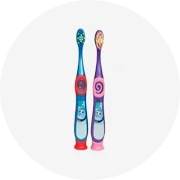

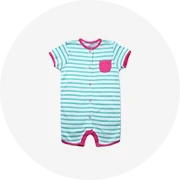

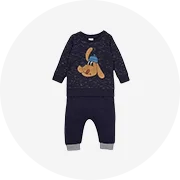
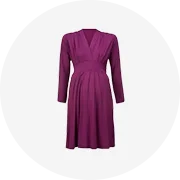
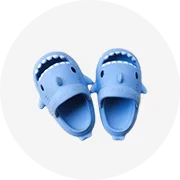

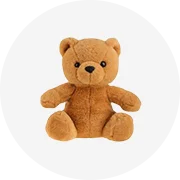

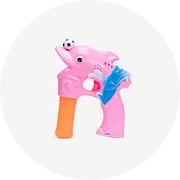








 浙公网安备 33010002000092号
浙公网安备 33010002000092号 浙B2-20120091-4
浙B2-20120091-4